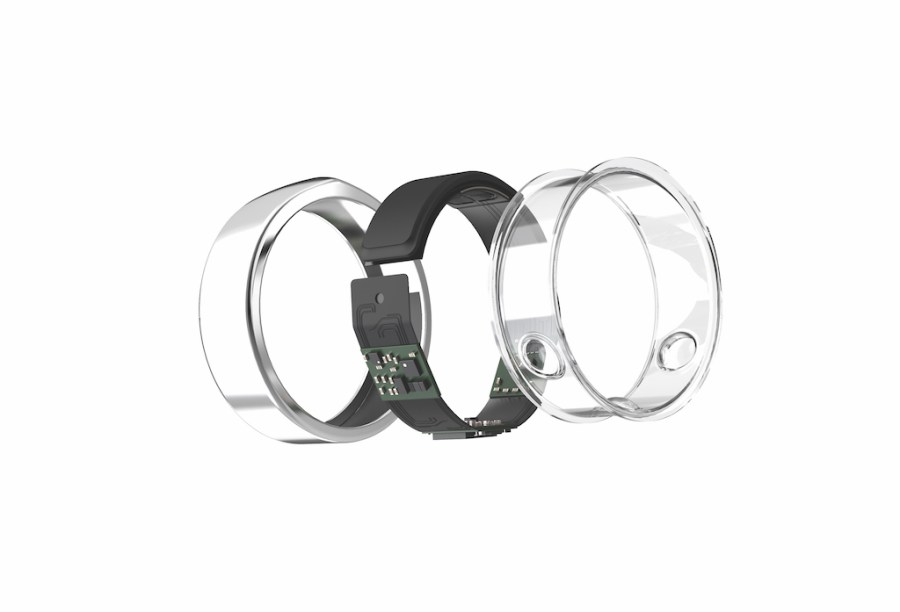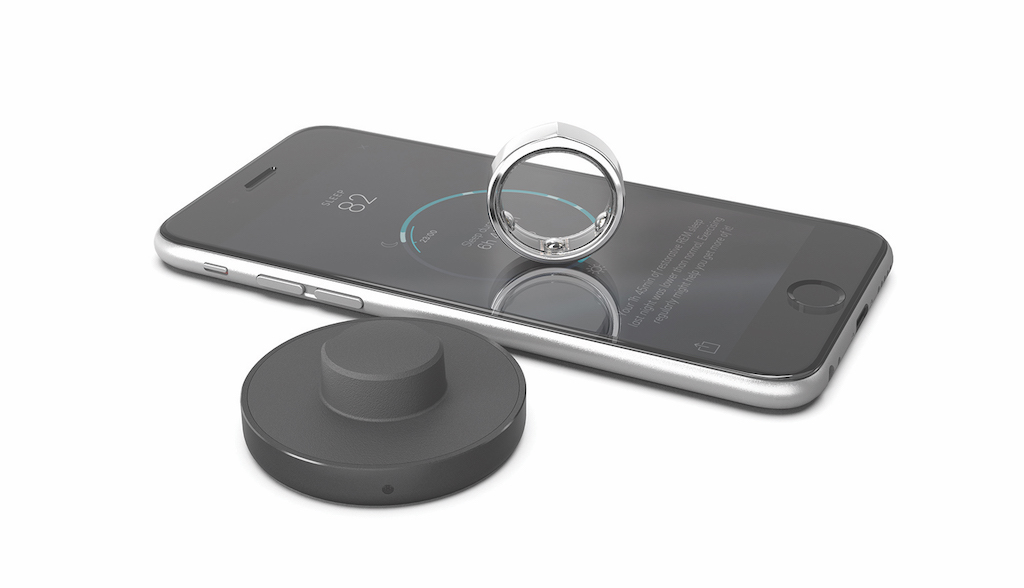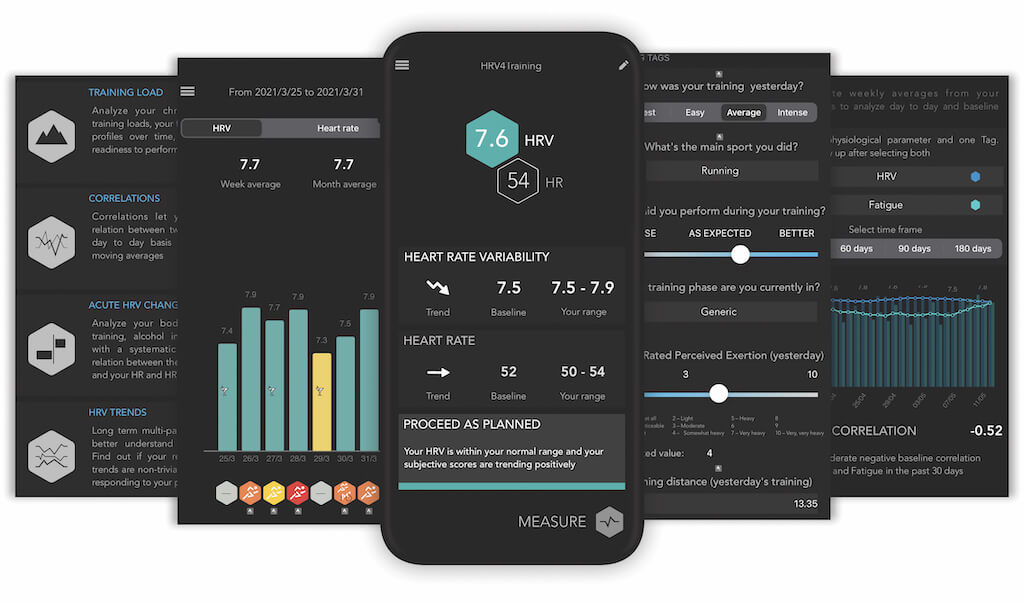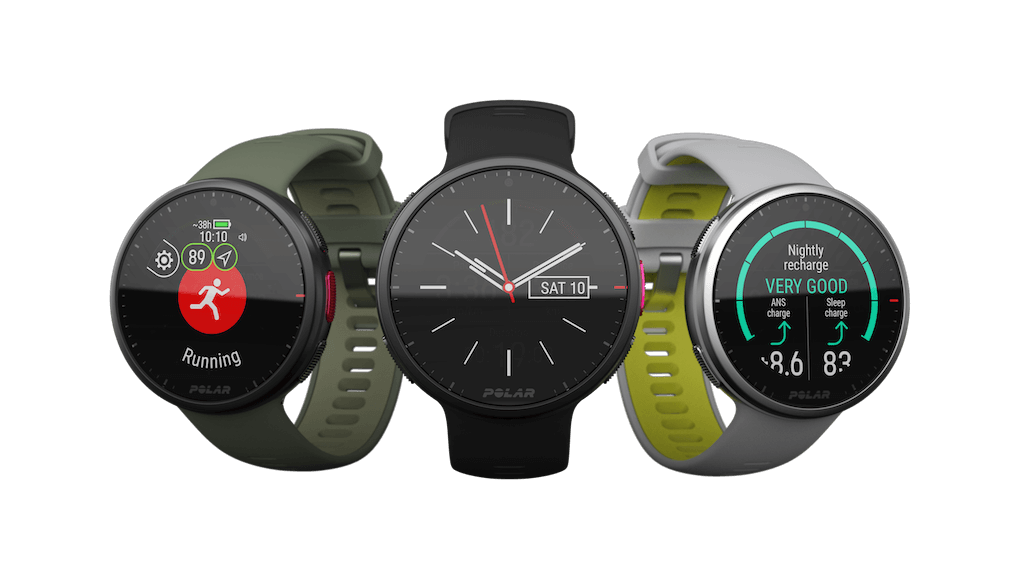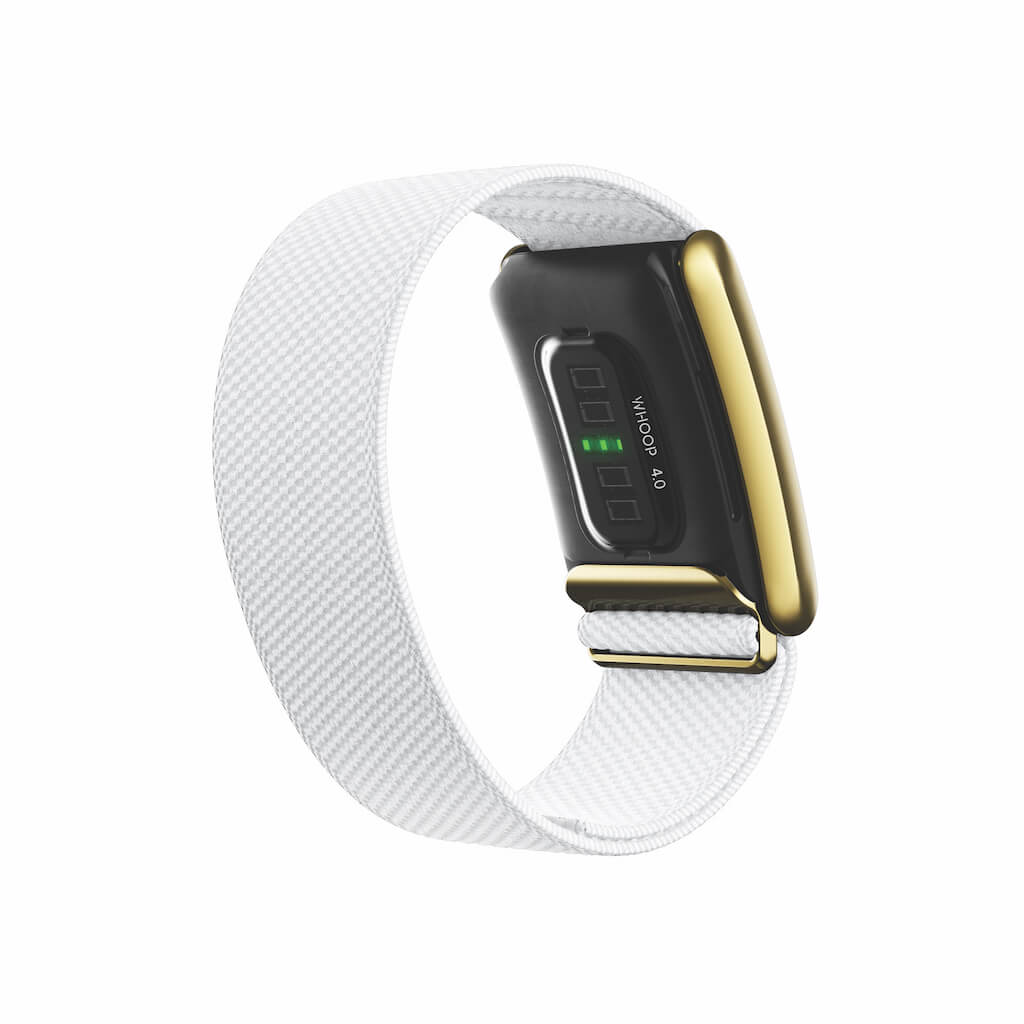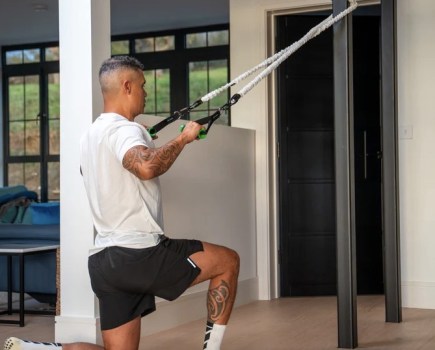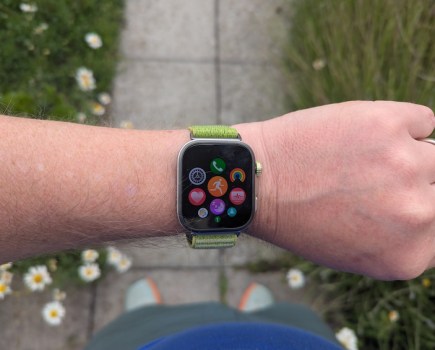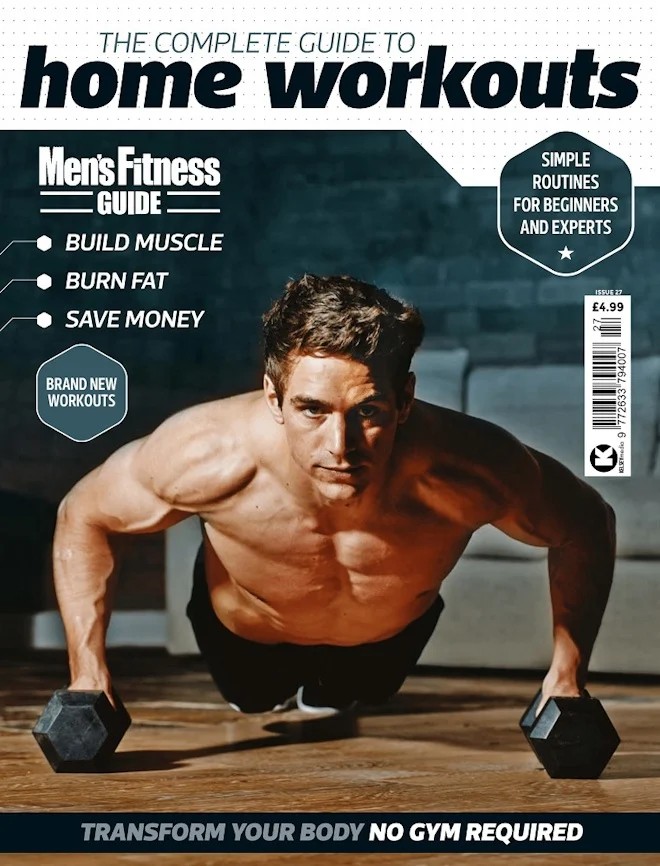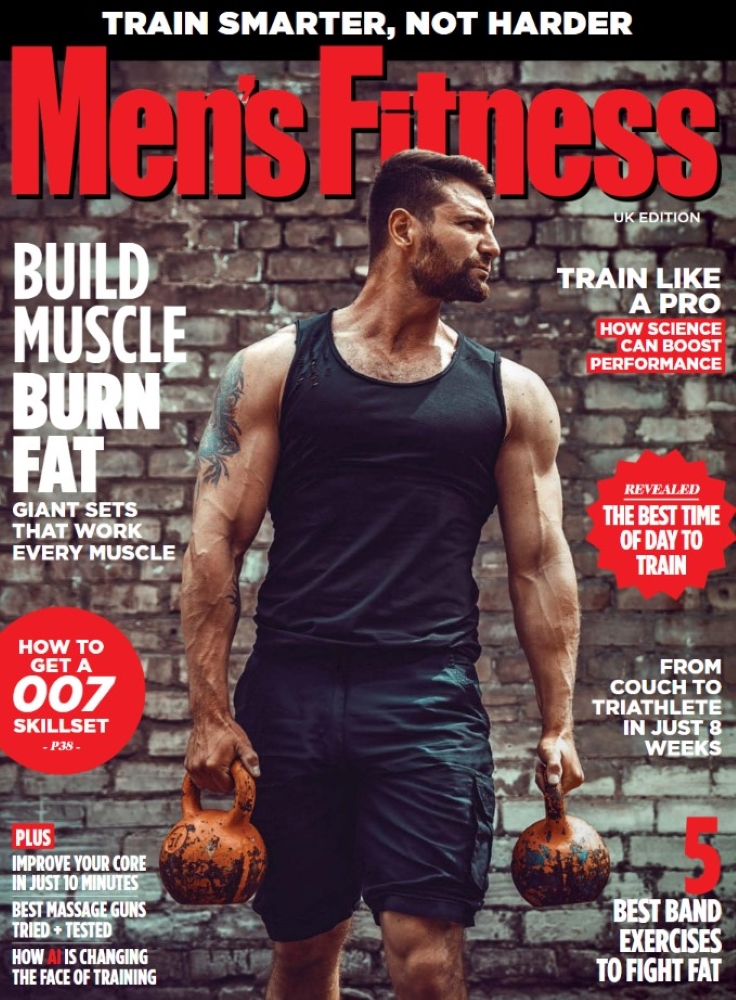Whether you’re looking to muscle up, build endurance or improve all-round fitness, the basic formula is the same: stress + rest = gains. There’s no progress without the stressor, AKA training. But it’s during rest and recovery where the growth actually happens.
It’s a balancing act. Train too hard, rest too little and you’re on a fast track to injury and burnout. Train too little, rest too hard and you know what happens.
Now, a new breed of fitness trackers wants to help you tread this fine line with ‘readiness’ scores to guide your effort.
So how do they work and what’s the best? We strap in for a closer look.
What is Readiness and Heart Rate Variability (HRV)?
Your personal stress and recovery equation is unique. It’s not only what you do during training and how your body responds that counts.
Work stress, sleep quality, alcohol intake and diet all impact your body’s ability to handle different levels of training load on any given day.
Readiness and HRV readouts both attempt to quantify this, but there are crucial differences to how they work and how to apply the insights served up.
“HRV reflects your physiological responses to all stressors, not just training stress,” says Marco Altini, data scientist and founder of HRV4Training. “Tracking it allows us to better understand our own response to training and lifestyle stressors, so that we can make meaningful adjustments towards improved health and performance.
“In an ideal situation in which you are responding and adapting well to training (and other stressors), HRV should be stable. Rather than a ‘higher value’, this reflects a positive response to training and lifestyle stressors currently present in our life. Most importantly, a positive response does not mean ‘train hard every day’, rather to ‘proceed as planned’ with your training plan.
“Readiness, on the other hand, tries to include various aspects of your life (activity, sleep, HRV, etc.) into one digestible score so that the app can do the decision-making for you. It’s easier for those who don’t have a coach (or the time or knowledge) to look at a cumulative readiness score than it is to interpret the raw physiological heart rate and HRV data.”
Because it estimates the effect of things like activity and ‘sleep quality’ on recovery, readiness has inherent limitations.
“The reality, of course, is that these things can never be 100 per cent accurate,” says Altini. “Even in an ideal world where activity, sleep, and other parameters are correctly quantified, there are so many other factors that will have an impact beyond what a wearable can measure (environmental factors, medication, diet, personal relationships, global pandemics, to name a few).
“From this point of view, it might be more helpful to look at the actual physiological data, such as HRV, as an overall marker of your stress response. After all, if any of the factors included in readiness scores (sleep, activity, etc.) were suboptimal and affected you negatively, they would already be reflected in your HRV.”
The best fitness tech to get a measure of how ready you are to train
MF BEST BUY
Oura Ring
$229, ouraring.com
The Oura’s incredible engineering squeezes two heart-rate tracking infrared LED sensors, two negative thermal coefficient body temperature sensors, a 3D accelerometer, and a gyroscope into a ring that’s about as compact and convenient as wearables get.
Those sensors track readiness contributors – including resting heart rate, heart rate variability, body temperature, sleep, recovery index and your previous day’s activity levels.
Each morning it spits out an easy-to-understand daily readiness score based on deviations from your own baseline that signals your capacity to perform at your mental, emotional, and physical best.
It’s surprisingly good at spotting poor sleep, illness and the factors that knock you off kilter, and for sheer comfort and wearability it’s excellent. Though if you’re lifting and hauling bars, you may need to glove up, and you will need to charge it once a week.
Ease of use: 5
Insights: 4.5
OVERALL: 5
MF RECOMMENDED
HRV4Training
£8.99, hrv4training.com
If you don’t want to invest in – or wear – another accessory to track your heart-rate variability, this sensor-free app uses your phone’s camera to take PPG (photoplethysmography) readings that detect changes in blood volume during a heart cycle.
After setting your baseline, consistent daily tests when you first wake power readings for Trend, Baseline and your HRV range, along with some guidance on how to tweak your daily training accordingly.
Each test is followed by questions to tie the results to what’s happening in the real world, building a picture of the stressors that affect you most.
If you’re serious about monitoring HRV, this bargain tool offers easily the most detailed analysis going. And you can pair in Bluetooth chest straps and trackers like the Oura ring and Apple Watch, too.
Ease of use: 4.5
Insights: 5
Overall: 4.5
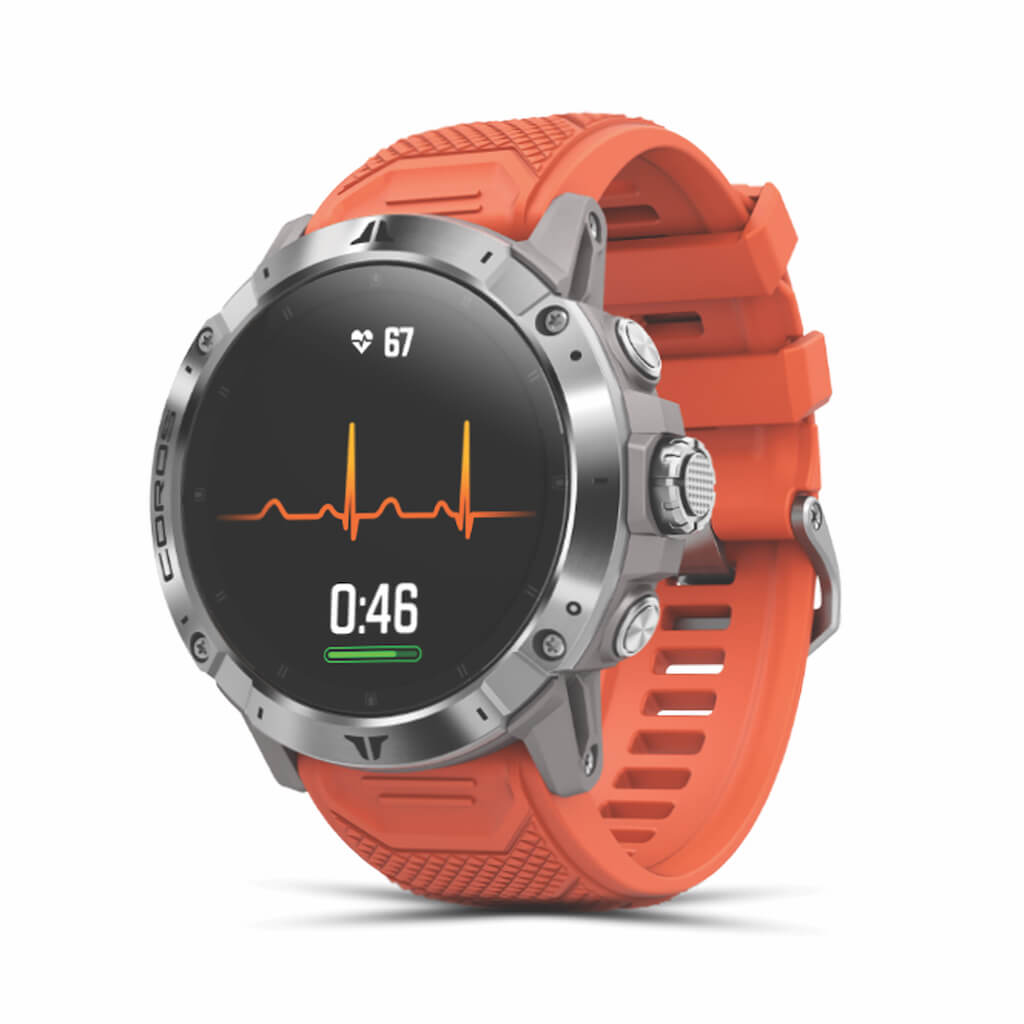 Coros Vertix 2
Coros Vertix 2
£599.99, coros.com
A brand-new feature on COROS’ very latest range-topping adventure watch, the Vertix 2, is ECG-sensor tech built into the bezel – which makes HRV tests stupidly easy to do. You simply sit still, relax and hold the bezel for a minute.
The test reveals a HRV Index score out of 100 and a short guidance message that tells you how relaxed or strained you are, how well your body is recovered, and how ready you are compared to your baseline average.
Like all HRV tests, for optimum insights you need to take morning measurements at the same time each day. Preferably pre-coffee, exercise and any other factors that may skew your results. We’d have liked an alert to remind you to take the test.
Ease of use: 4.5
Insights: 4.5
Overall: 4.5
Garmin Forerunner 945
£499.99, garmin.com
Unlike readiness trackers that offer one morning score to cover the day, Garmin’s Body Battery uses a combination of wrist-based HRV, stress, and activity to estimate your energy reserves throughout the day, in real time.
You get a simple charge score out of 100 along with a chart that shows your charge and drain overnight and during the day. You can see the impact of your workouts and other key stressors more immediately. So if you’ve had a hard day at work, you can decide to lighten the load of your planned evening workout.
However, you’re trading the always-on convenience of wrist-based heart rate for the accuracy of a chest-strap test.
Ease of use: 4
Insights: 4
Overall: 4
Polar Vantage V2
£449, polar.com
The Polar Vantage V2 GPS multisport tracker offers a training readiness double-whammy. You can choose between a chest-strap ECG orthostatic test that measures daily HRV, or a Nightly Recharge score that uses the optical heart rate sensor to assess how well you bounce back from the day’s stresses each night.
Unlike some trackers that run in the background, the orthostatic test involves lying still and standing for a short period. Once you’ve built your baseline, the V2 feeds any major deviations into your Recovery Pro recommendations and tells you if your cardio system is recovered or not. There are handy test reminders, and this is closer to what you’d get being tested by experts.
Ease of use: 3
Insights: 4.5
Overall: 4
Whoop Strap 4.0
Included with subscription from £30, whoop.com
Training readiness is bread and butter for Whoop’s screenless, wrist-worn bands. You get two insights – HRV score and a Day Strain score – to inform your training decisions, along with strain coach guidance that recommends a daily exertion target based on your recovery.
Where Whoop really excels, though, are the weekly and monthly performance assessment charts that provide a helicopter view of the lifestyle decisions that influence your performance and ‘readiness’.
The latest range of 4.0 sensors pack upgraded, accuracy-boosting tech – including four times the number of photodiodes on the sensor – plus five LEDs that use green, red, and infrared light. They can also now be worn in specially made compression tops, leggings and boxers.
Ease of use: 3
Insights: 4
Overall: 4
Fitbit Versa 3
£199.99 + £7.99 per month subscription, fitbit.com
Fitbit recently jumped on the readiness bandwagon, adding a daily score to its Versa 3, Versa 2, Sense, Charge 5, Luxe and Inspire 2 trackers. It compares your recent activity, sleep and HRV levels against your personal baseline with easy-to-monitor day and week views of your scores out of 100. That’s along with personalised activity targets and workout recommendations based on your results.
Like Garmin, this relies heavily on the accuracy of the optical heart rate sensor. Unlike Garmin, the insights are frustratingly locked behind Fitbit’s Premium subscriber paywall, and access will cost you £7.99 a month.
Ease of use: 3.5
Insights: 4
Overall: 3.5
Words: Kieran Alger

